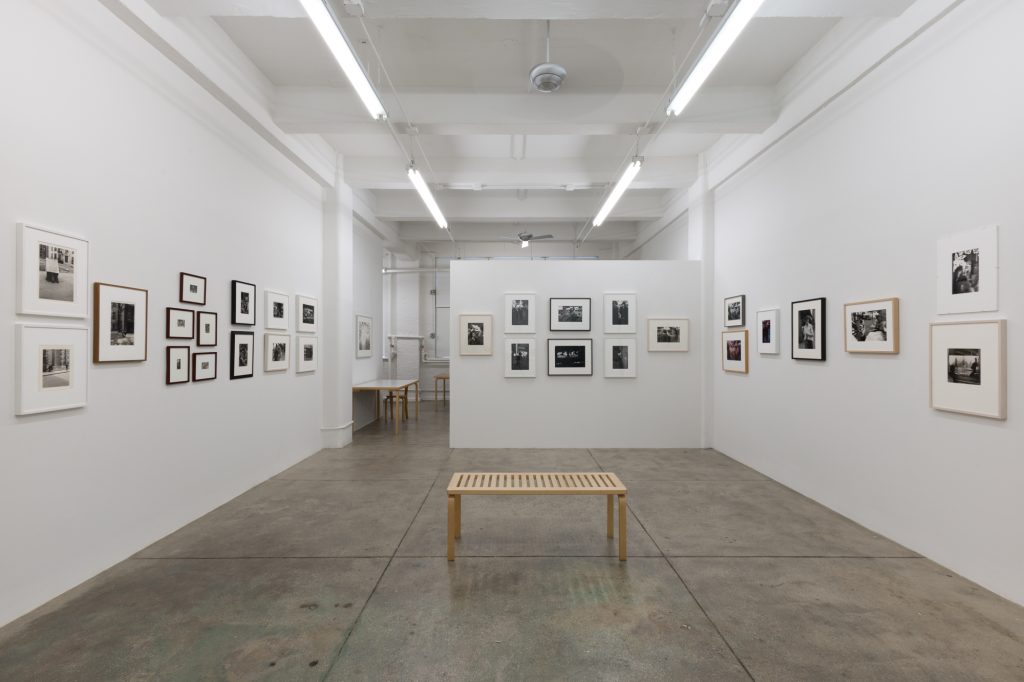Frankly, I was — and am! — entranced by the photographs of Louis Faurer and Helen Levitt, both of whom are no longer living, in a new exhibition at Deborah Bell Photographs in New York City.
I’ll talk about my general impressions across the entirety of the show before getting to some more specific details and examples.
Both photographers’ included work was photography of everyday life and happenings — street-level vantage points, both literally in terms of how often you ended up gazing at someone or some scene as though standing physically in front of them or it and, more broadly, in terms of how almost if not entirely, the photographs felt in spirit like a blunt, sometimes jarring but always powerful confrontation with an actual human being, or group.
And these are people truly immersed within their environments rather than presented and seen in isolation. Their environment — which, in this case, is the city of New York — is a key, central, and close part of how we see them experiencing their world at large within these images, whether we’re witnessing a small portion of the city or a much wider vantage point. It’s all genuinely present and active.
And as much as it can be said for looking at and immersing yourself within a photograph, you’re left really standing there, and the experience strikes me as encompassing. It feels straightforward with the vulnerable bluntness of someone physically reaching out to you.
The photographs, all against the backdrop of New York City, stretched across several decades of the 20th Century, and the city itself is also a character, of sorts. Everything that you are beholding within these images, person and place alike, was granted individualized heft and detail, getting a moment to present itself. And in most instances, the imagery felt self-sufficient and self-sustaining; it was and is content to then rest within itself, sometimes watching us while we watch it back, but in no instance burdened by assumption or expectation. There are questions, sure, but these are people and places steeped instead in exploration, even if that exploration is inward or unmoving.
The city feels grandiose and far-reaching — and I mean, it is — but also accessible in these images. It was something massive coming to meet both the individuals we are seeing and us ourselves, looking at these photographs decades later. Faurer and Levitt’s images achieve a journey of looking without the direct and obvious we might be used to (though at times, subjects do look straight on). Looking becomes a meeting place.
In the exhibition, I was struck by the human fragility given true space and implicit appreciation within these photographs, and contemplating it now, I’m also struck by that my impression of the city — something that sometimes comes across as harsh and unforgiving, though it draws in so many people — is much the same in this showcase. The people, whether an inhabitant or a tourist family, and their city are together, opposite whatever is on the outside. They sit with enlivening vulnerability, together, something delicate given its own space to grow and reside.
And the city itself stays enveloping within these images: a watchful, reaching presence. There’s always someone else. Within the arches of the city, there’s always someplace else, as we wait, drawn within.
In the photographs in this show, and I think this reflects something realistic, honesty is everywhere, and the buildings and surfaces that follow along with you as you either move through the city or through these photographs impart the feeling.
In a 1988 photograph by Levitt of a man on the street who’s himself taking a photograph, we’re left looking at a momentarily single, solitary but not alone individual taking in the sights that themselves feel similarly individualized: an aesthetic complement to the unknown man’s presence. And we see where he actually was, a snapshot of the experience of the place within its physical boundaries. There’s even visible garbage on the ground, which some representations tend to sanitize away.
In a similarly memorable, striking photograph by Faurer, we see a woman smoking; it’s identified as an image of Barnum & Bailey circus performers. She’s taking a moment to herself amid a still very visually present city backdrop. That sense of self is not in contrast to the city but in aesthetic conversation with it.
Across these images, presence — simply being there, like the idea that has drawn so many people to New York City itself — becomes a life-giving necessity. You see, feel, and begin to understand just by being there, being present, and looking around. The structures themselves — the buildings, their accompanying sidewalks and streets — feel welcoming, giving you space as a person. Understanding becomes not a question to be answered but a place to be, a place that was long waiting but that you feel particularly amplified through the sights of New York City in this exhibition. There is space within all of these photographs — and, you feel, in the city itself — to actually and truly look.
This captivating exhibition of Helen Levitt and Louis Faurer continues at Deborah Bell Photographs through April 19.
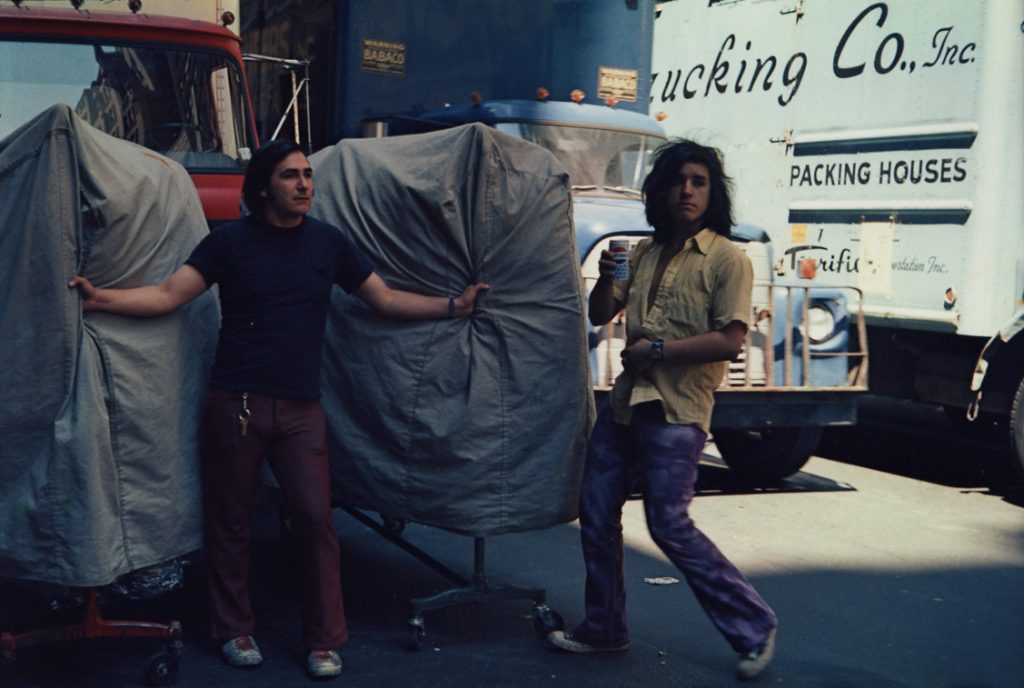
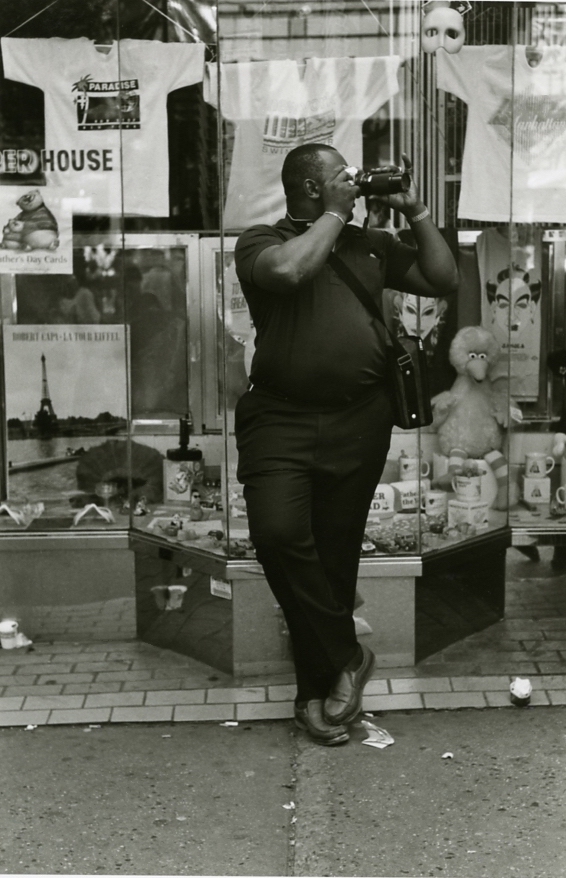
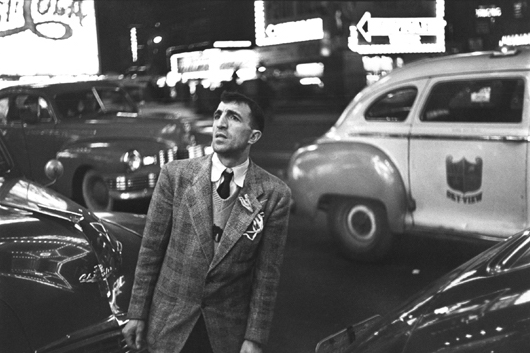

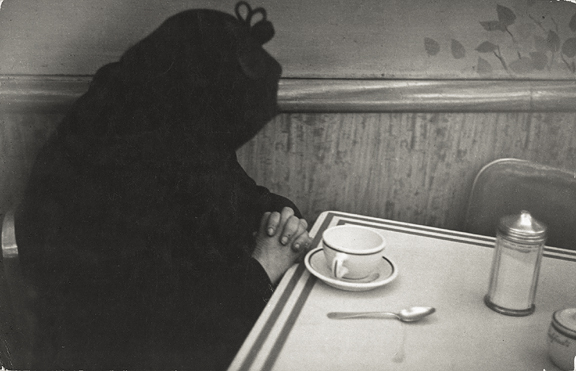
Featured image: “Louis Faurer / Helen Levitt: New York City, 1938-1988” (installation view), Deborah Bell Photographs, New York, Feb. 20 – April 19, 2025. Image courtesy of Deborah Bell Photographs.
You may also like
-
Diana Kurz at Lincoln Glenn in New York: A Review of a Shining Art Exhibition
-
Dustin Hodges at 15 Orient in New York City: An Ensnaring Exhibition at an Exciting Gallery
-
Maren Hassinger at Susan Inglett Gallery in New York: Reviewing an Uplifting Art Exhibition
-
Enzo Shalom at Bortolami in New York City: Reviewing an Entrancing Exhibition of Paintings
-
“Ben Werther: Townworld” at Amanita in New York City: Reviewing a Richly Memorable Art Exhibition
